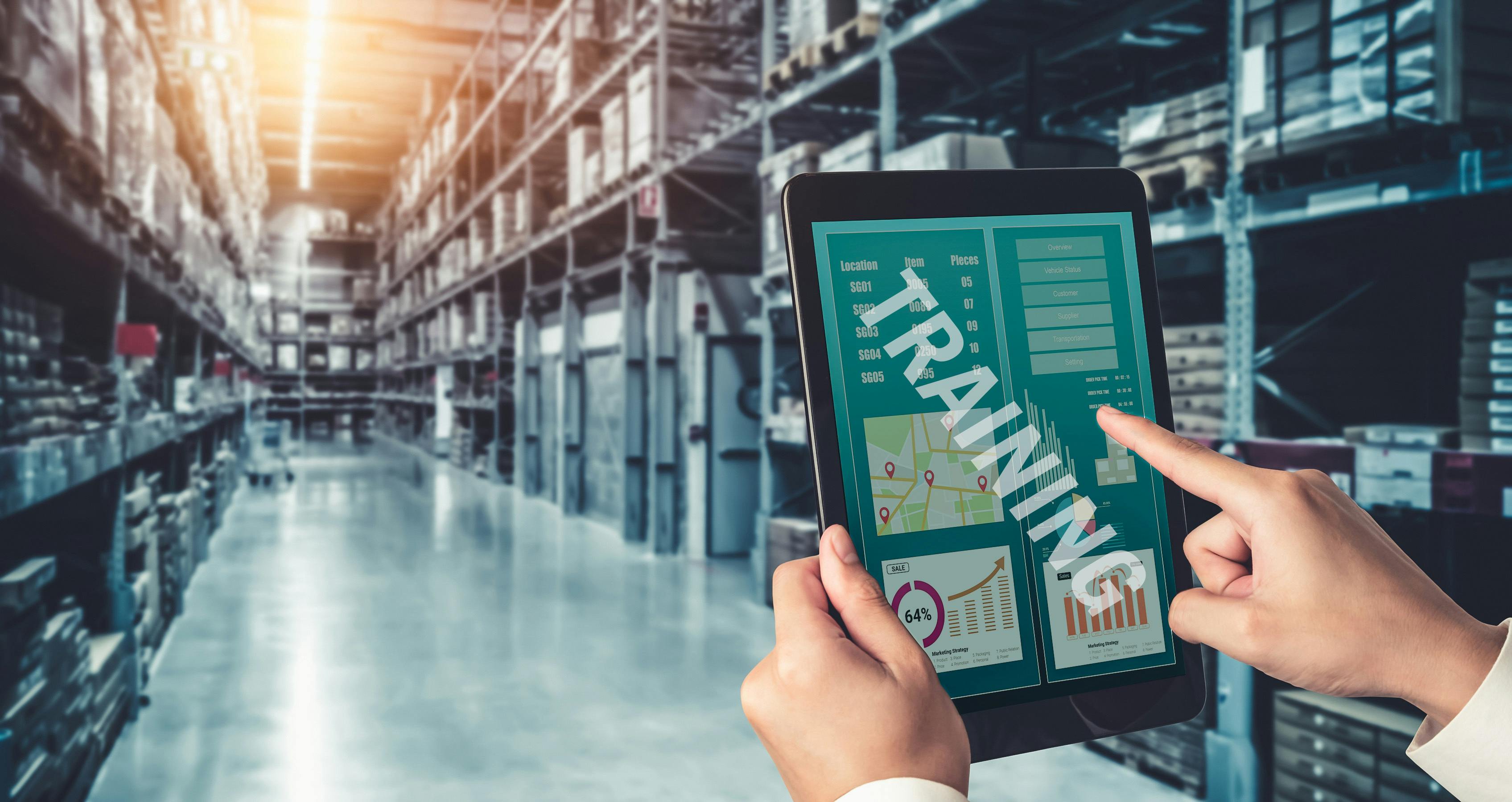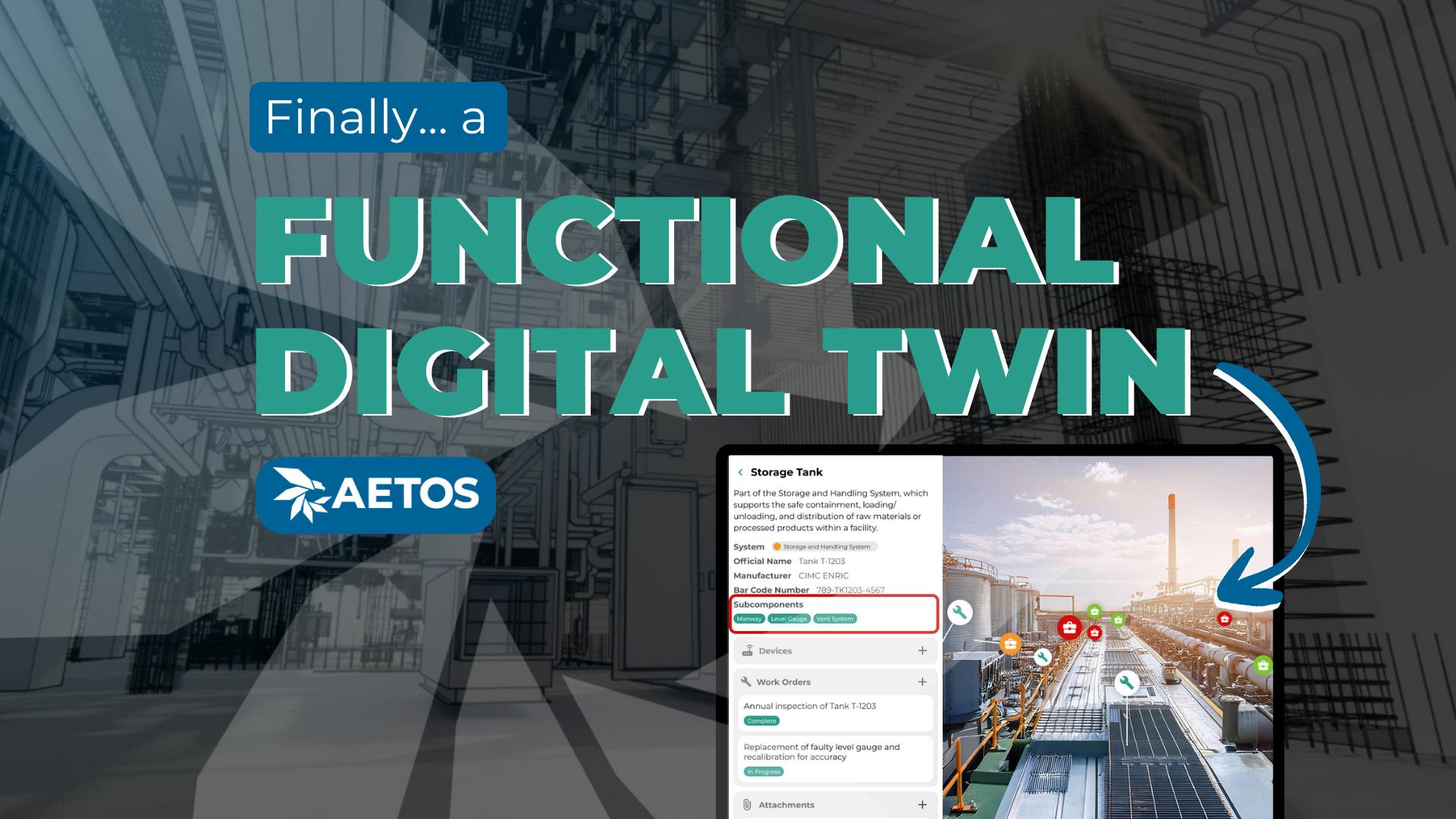What are the top 10 uses of Augmented Reality (AR)?
Augmented Reality has come a long way since its first appearance in the tech world. As per recent data, there is an estimated 1.7 billion AR users on a worldwide level in 2024, compared to only 2.2 million in 2015. Right now, AR is more than just a fresh, interesting innovation. Smart glasses, AR apps, and headsets are entering all industries from healthcare to retail to manufacturing.
For a few years now, we’ve witnessed how great this technology is in solving some of our world’s pain points. With that in mind, here are the 10 top uses of Augmented Reality today.
1. Medical Training
The beginnings of AR showed tremendous progress in the healthcare industry. This technology is used to reduce the risk in surgeries and offer more accuracy.
Today, AR has achieved much more than this. It provides learners with the opportunity to practice performing the most complex surgeries, and brings a whole new level of interactive learning in this industry.
2. Retail
Did you know that 71% of buyers purchase more often if they have the option to use AR?
Some of the retail brands have truly grasped AR to improve their sales. For example, Harley Davidson developed an app that shoppers can access and use in-store. They can literally customize the motorcycle’s color and features to get a more visual idea.
Asos, a huge fashion retail brand created a See My Fit technology where you can fit clothing onto models within seconds by customizing fit, size, and more.
3. Design and Architecture
From architecture to construction to modeling to design in general, AR has been a huge help to professionals. Today, professionals such as engineers and architects can use headsets and other AR technology to virtually step into the spaces such as buildings and get an idea of what their finished work would look like. By using specialized apps, they can transform the simplest drawn plans from paper into an amazing 3D model.
4. Logistics in Business
Businesses can work much more efficiently thanks to this technology, as well as cut down on many unnecessary expenses related to logistics. This includes route optimization, transportation optimization, and more.
Take for example, DHL. They have smart AR glasses in some warehouses which show workers the shortest route to find and collect an item that needs to be shipped.
5. Sports
Today, professional teams such as the ones in the NFL and ACC use 3D technology to visualize the team set-plays, create custom training sets for athletes, create virtual training environments, and more. This allows them not only to come up with better strategies and train more efficiently, but also to minimize injuries and maximize the experience for players.
6. Tourism
In recent years, AR technology has gone a long way toward improving the tourism sector. Many brands such as hotels and restaurants today offer a virtual ‘’walkabout’’ to allow their potential guests to see the rooms, amenities, food, and more. This creates more effective marketing campaigns, and makes sure that guests have their expectations met.
7. Education
Many AR tools are now used in classrooms around the world to assist the learning process of students. For example, students can now see a full, realistic map of the solar system when they are learning about astronomy.
8. Military
Microsoft and the US Army have developed IVAS, an Integrated Visual Augmentation System that improves the situational awareness, navigation, comms, and more for soldiers. This technology is just one example of how useful AR can be in the military world. IVAS integrates thermal imaging, HoloLens technology, interactive maps, overhead compass, and more – all to improve the operational efficiency in the field.
9. Gaming
Gaming has always been popular, but since COVID-19, it has been trending more than ever. The world has witnessed a huge rise in AR use in terms of gaming. This has changed the way the world experiences and consumes gaming.
One excellent example of this is Pokemon Go, one of the biggest trends in the industry where people imported the characters into their physical environment.
10. Safety
What do you do today when an emergency occurs? In most cases, we reach for our phones to call someone, check on our loved ones, or get information on what’s happening. AR is helping both sides of this process today. Some first responders already wear AR glasses that alert them to danger areas, while geolocation AR gives people in need directions to safe zones and assistance.
Keep in mind that these are just a small part of the list of industries and fields that are affected – and improved by AR today. Based on how it’s progressed and what it’s done in such a short time, we can expect great things from this technology in the future.



